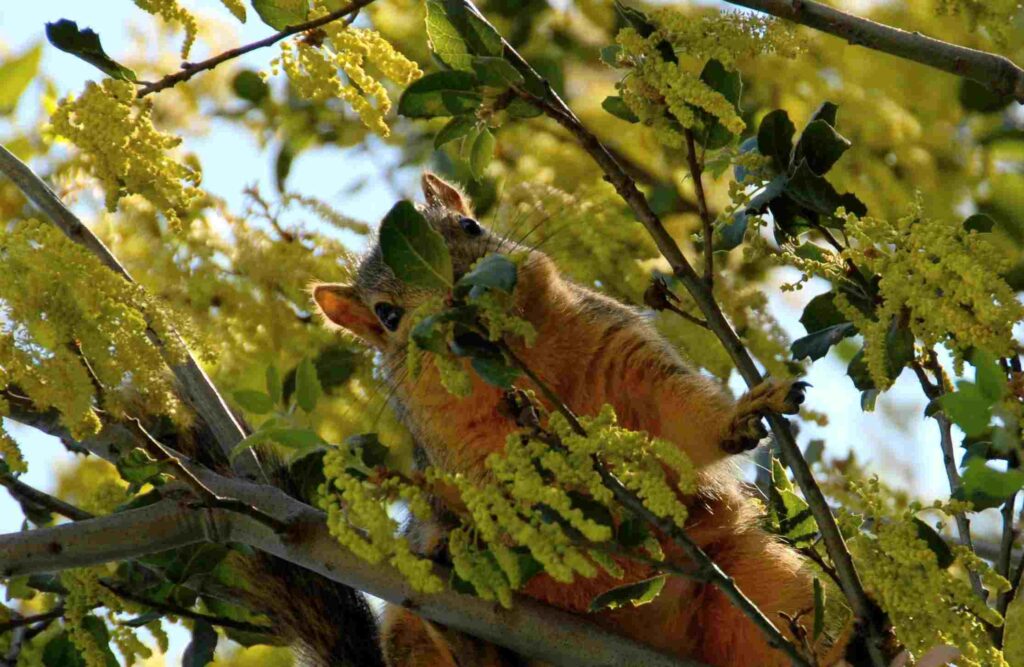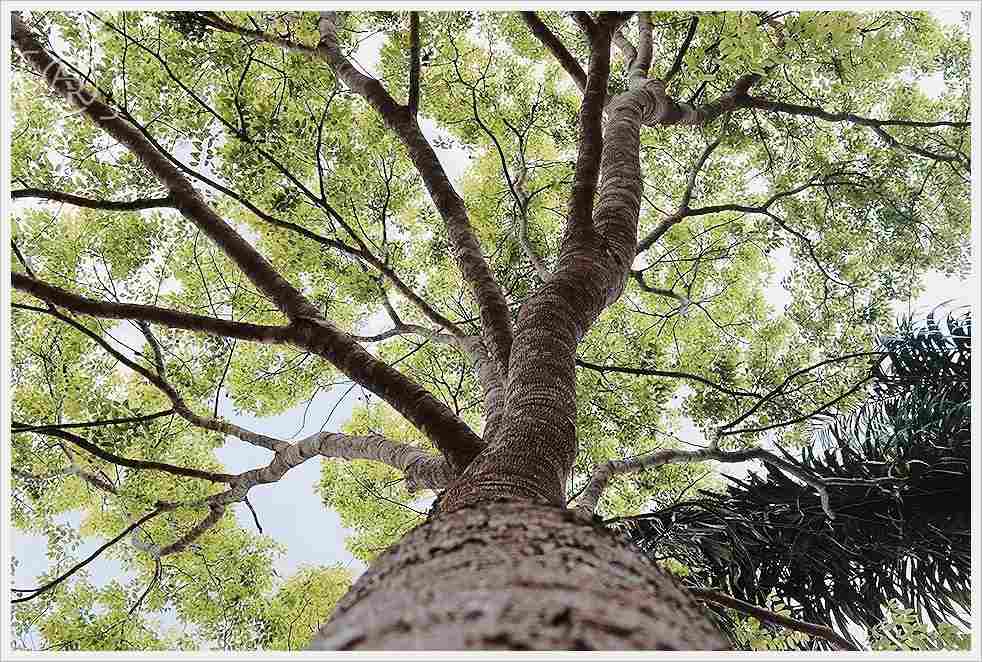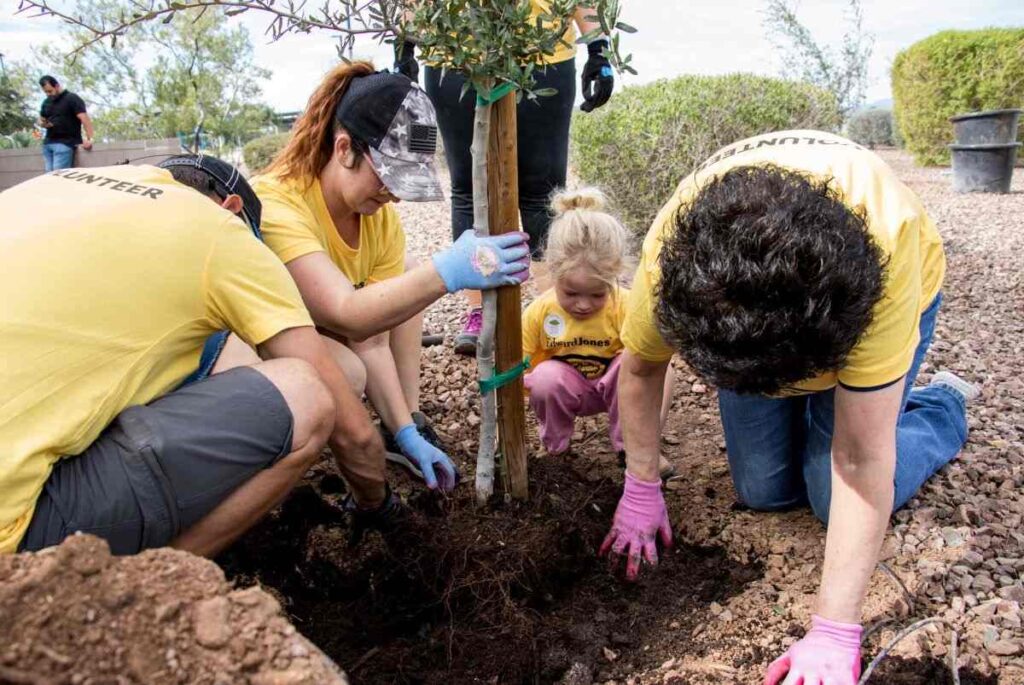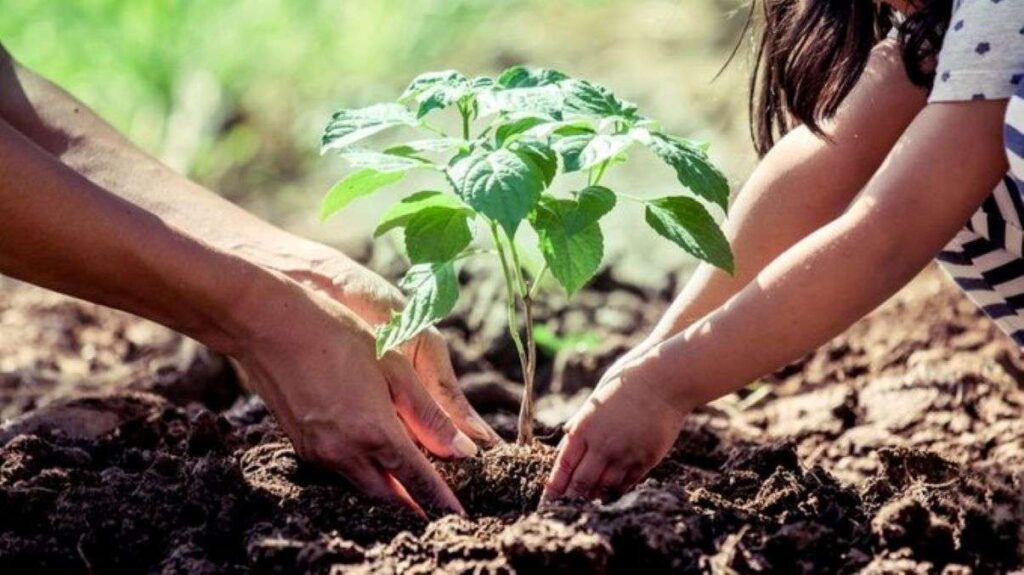Tree planting is one of the best ways humans can give back to Earth. It has been proven to be an effective solution with several benefits, from combating climate change to fostering biodiversity.
Read on to discover some great benefits that reflect the importance of tree planting and how crucial it is to make the earth a healthier planet. You will find that many of them can be observed all around you in different degrees.
Benefits of Tree Planting
As stated earlier, there are several benefits of tree planting. Some of them are;
Carbon Sequestration
One of the biggest concerns of the 21st century has been climate change, and tree planting is one way to control it. Trees excel at absorbing carbon dioxide (CO2) from the atmosphere via photosynthesis.
This ability is why forests are often called “carbon sinks.” Tree planting and reforestation can effectively help reduce greenhouse gas emissions by sequestering carbon. As a tree grows, so does its capacity to store carbon. A single mature tree can absorb around 21 kilograms of carbon dioxide annually, contributing significantly to climate change mitigation.
ALSO READ: 5 Ways Ozempic, Other Weight Loss Drugs May Improve Your Health
Trees Clean the Air
Trees can absorb odors and pollutant gases, including nitrogen oxides, ammonia, sulfur dioxide, and ozone. They can also filter particulates by trapping them on their leaves and bark. We can create cleaner and healthier environments by planting more trees in urban areas and near industrial zones.
Tree Planting Aids Biodiversity Conservation
Biodiversity is crucial for all life on Earth, and there can be no biodiversity without forests, which serve as ecosystems that support various plant and animal species. Tree planting is vital in preserving and restoring biodiversity, as trees can become habitats for various plants, insects, birds, and mammals.
Researchers say up to 2.3 million species can depend on a single tree! Areas where tree planting is typical become havens for endangered species and other wildlife. The interdependence of species within the ecosystem ensures the long-term survival of diverse flora and fauna.

Soil Protection and Restoration
Healthy soil is the bedrock of agriculture and thriving ecosystems. Tree planting can help protect and restore soil health by preventing erosion and improving its structure.
This is because trees have extensive root systems that can bind the soil, reducing the risk of landslides and soil degradation. Trees also form canopies that protect the ground from heavy rainfall and harsh weather.
Water Quality Enhancement
A forest full of trees can act as natural filters, purifying water as it passes through the ecosystem. Planting trees along waterways and reforesting watersheds can significantly enhance water quality, as trees trap sediments, excess nutrients, and pollutants, ensuring they don’t reach the more important water sources.
Clean water is essential for aquatic life’s survival, human consumption, and various economic activities.
Disaster Risk Reduction
Tree planting can significantly reduce the likelihood of natural disasters such as landslides, mudslides, and flooding. Planting trees on slopes and in vulnerable areas can help stabilize the soil, preventing erosion and reducing the likelihood of landslides and mudslides.
Trees also act as natural barriers, absorbing excess rainwater and mitigating the impact of floods. Their root systems help bind the soil together, creating a solid defense against soil erosion during heavy rainfalls.
What Is the Importance of Trees?
Trees are very important and are one of the reasons life is possible on earth. They produce oxygen, aid climate regulation, improve air quality, and even become mental health therapy tools. According to experts, being around trees reduces stress, lowers blood pressure, and even boosts overall well-being.

What Is the Best Tree To Plant for Climate Change?
There are several trees you can plant to resist climate change. Some include oaks because they can sequester the most significant amounts of carbon while supporting biodiversity.
The bald cypress is famous for its resilience to flooding and ability to thrive in wet conditions, making it perfect for areas that often experience no heavy rainfall. Red maple trees, on the other hand, are perfect for areas prone to carbon emissions. They are great at sequestering carbon in large quantities and also support wildlife.
What Are the Benefits of Tree Planting to the Local Community?
Trees improve air quality. A community that takes tree planting seriously will reap the benefits in many ways. It will be shielded from erosion, flooding, and bad air quality. Reports also claim that properties surrounded by trees attract better offers.

ALSO READ: The Shocking Truth About Eating Too Many Mangoes
Trees also form canopies that provide shade and cool the air, reducing the ‘heat island’ effect in urban areas. This, in turn, aids energy conservation, as people have less reason to use their conditioners to combat heat.
These are only a few benefits of tree planting to a community. It is one of the least stressful ways anyone can support efforts to preserve the planet.
You Might Also Like:
Jessica Barnes Disappeared Almost 7 Weeks Ago but Someone Has Been Texting Her Mother
Who Is Dominique Dunne and How Is She Related to the Menendez Brothers?
Doja Cat Shuts Down Rumors She Is Engaged to Joseph Quinn
Is Wayne Brady Getting a Vasectomy?
Father Whose Son Is Accused of Killing PnB Rock Sentenced for His Part in the Tragedy
